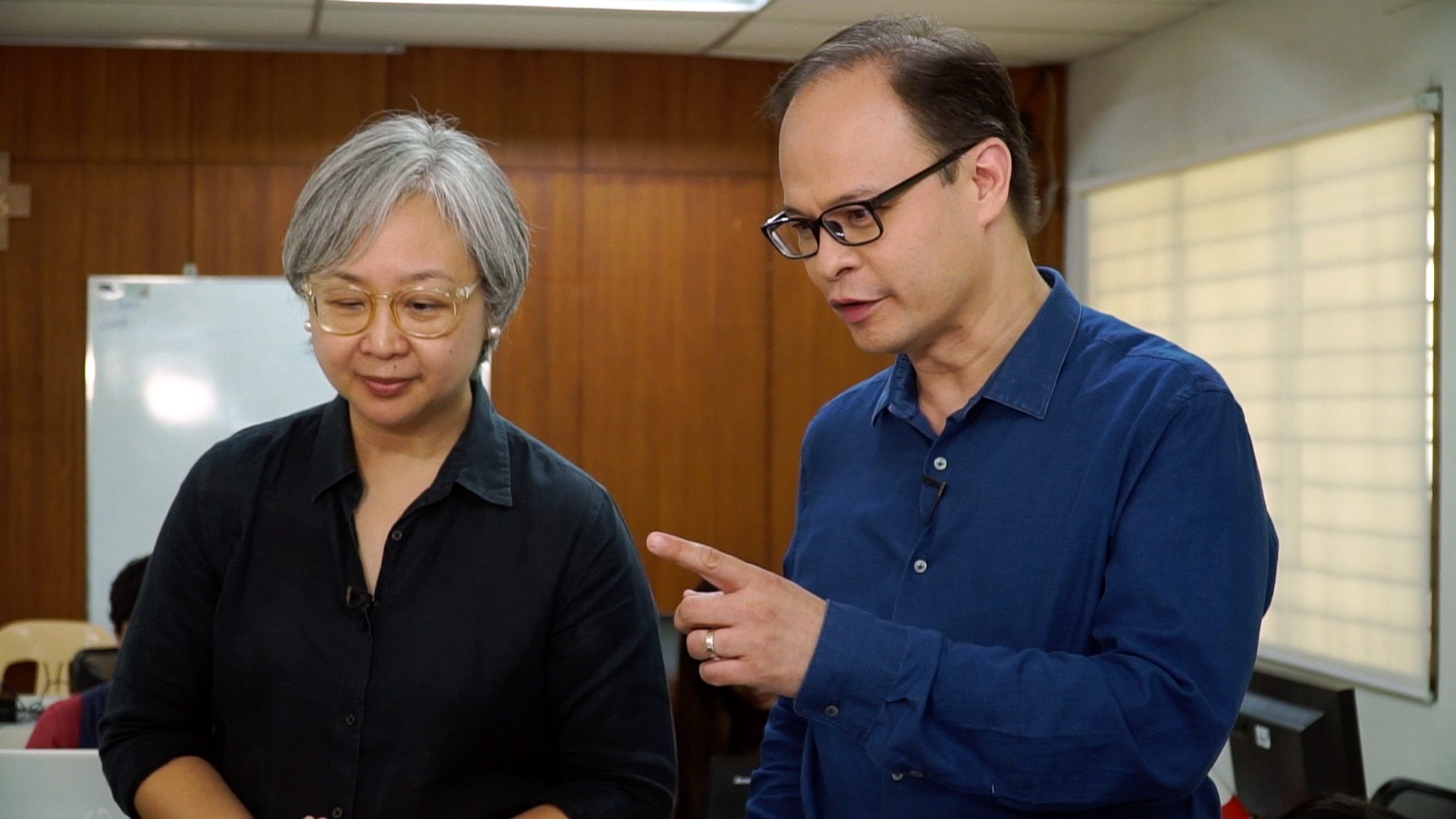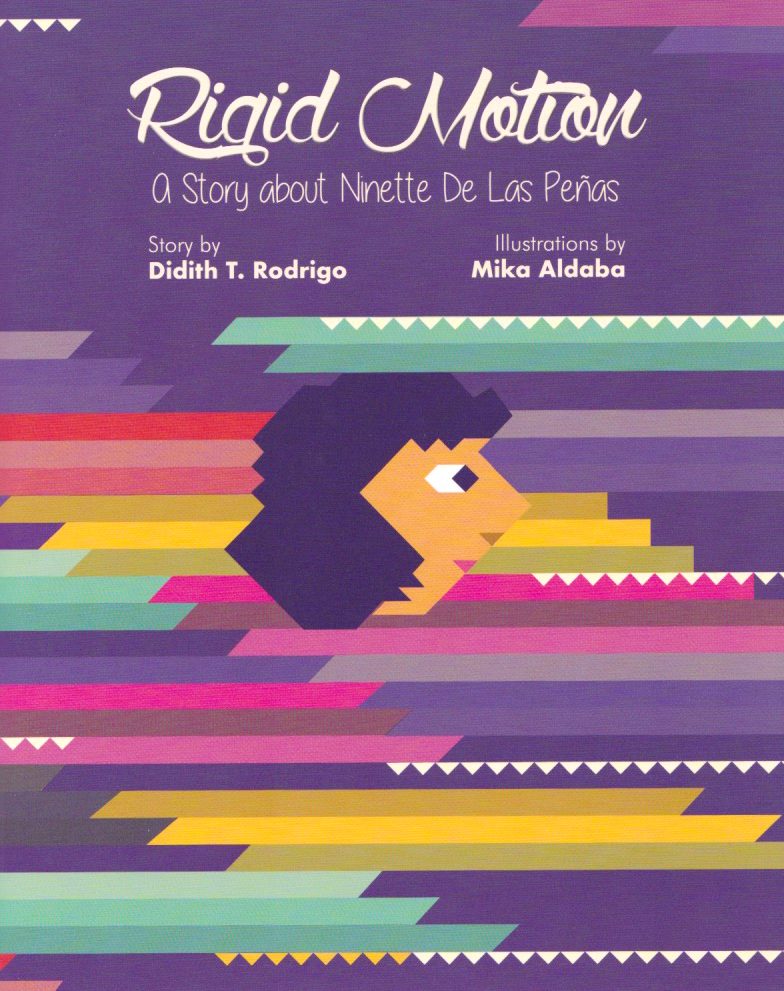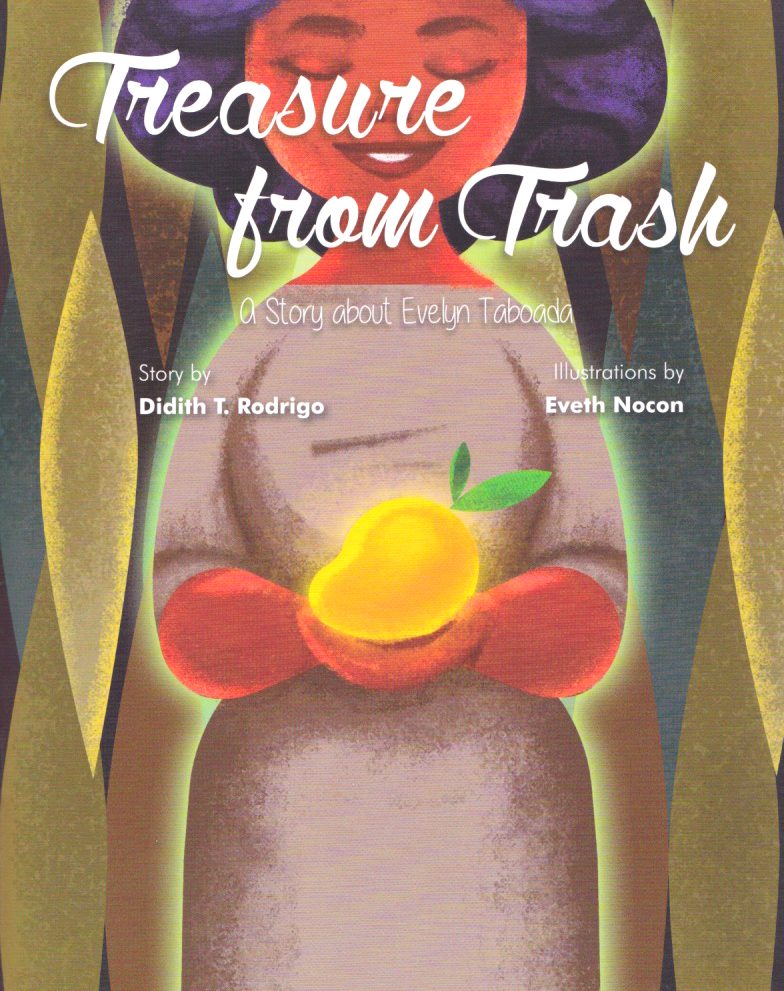SUMMARY
This is AI generated summarization, which may have errors. For context, always refer to the full article.

MANILA, Philippines – Ateneo Professor Didith Rodrigo has written or co-written numerous scientific papers in her fields – computer science and learning – most of them impenetrable to this layman. But she has titles and subjects like these:
Automatic Detection of Student Off-Task Behavior While Using An Intelligent Tutor For Algebra
Are We Having Fun Yet? Playability Testing Of Mobile Telephone Games
Coarse-Grained Detection of Student Frustration In An Introductory Programming Course
Automatic Labelling Of Postures Captured By The Wii Balance Board
They hint at what she only half jokingly says is her most important writing, and certainly most read.
That’s the string of children’s books she’s produced since 2006. Her latest and biggest project, a 10-book “Woman of Science” series with titles like: “Mangrove Warrior,” “Gardener of the Sea,” “Chemical Romance” and “Beyond the Storm.”
In them she tells the stories of Filipina scientists in the hopes of encouraging more girls to go into science and technology, whether that is studying and protecting our coastal forests, cataloging and understanding seagrass and seaweed, producing medicines from local plants, and studying the effects of typhoons and how to limit them.
The subject of the last book, climatologist Gemma Narisma, says her mother was very impressed with how she was depicted with sword and shield. Especially so, perhaps, because the books were launched in the midst of Wonder Woman mania.
Math behind patterns
While I am far from the target market, I was fascinated by the book on “Rigid Motion,” a mathematical term which refers patterns, i.e., repetitive “movements.”
In this case it is about the patterns in our indigenous fabrics. In other words, there is math behind the patterns we see in age-old weaves. Realizing that gives us another way to understand, appreciate and differentiate these weaves. But it also gives us another way to teach math, especially to weaving cultures who may understand math much more easily, when they realize they’ve been doing it for centuries.

These aren’t the first children’s books Professor Rodrigo has written, including one on her mother, another on Jesse Robredo and another on a blind college student. Then she wrote about two Filipino scientists who worked with the venom of an indigenous snail to help produce pain killers, treatments for asthma, heart attacks and strokes and a way to detect cancer. That inspired her and Bookmark to do the Women of Science series.
Professor Rodrigo’s purpose is to get more girls into science and technology. She says more and more, there is about an equal number of young men and women who take STEM courses and populate the junior ranks of these fields. But as the years go on, more women leave so that at her level, it is clearly mostly men. She says this has been described as a “leaky pipeline,” due in part to women leaving to take care of their families.
“It makes a lot of sense that we prioritize our families,” said the mother of one, the one being a physics major now researching physical oceanography. “But that also means we suffer from those losses so we need more. We just need a greater mass.”
Professor Rodrigo approaches her task in part by showing that science is not all in the lab.
Aside from diving for seagrass and seaweed, tagging bats, observing and catching animals in Mindanao’s forests, and literally studying trash to create livelihood opportunities, there’s also taking the work a step further by helping establish protected areas and building nature walks like the Katunggan It Ibajay mangrove ecopark in Aklan.

We’ve all heard and read about the need for more graduates, especially with advanced degrees, of science, technology, engineering and math courses, or “STEM.” Some, Professor Rodrigo included, say “STEAM.” They add A for agriculture in a country where agriculture employs 26 percent of the working men and women but makes up less than 10 percent of economic output. That’s an indication of how much more farmers can earn if they had more science and technology.
The same goes for other industries, most tellingly our long-handicapped electronics sector.
Meanwhile, technological advances such as artificial intelligence and bots may cap the growth of the BPO sector, if not reverse it. Some ways to offset that are with higher-level work such as analytics (which former IBM Philippines head Mariels Almeda Winhoffer, herself a computer science major, talked up analytics during her stint here) and data science, which the Asian Institute of Management is creating a master’s program for.
Professor Rodrigo herself is working in or close to some of these areas. If only she can set aside the children’s book writing that’s meant to get more girls – and boys – to join the adventure. – Rappler.com
Coco Alcuaz is a former Bloomberg News bureau chief and ANC business news head and anchor.
Add a comment
How does this make you feel?
There are no comments yet. Add your comment to start the conversation.